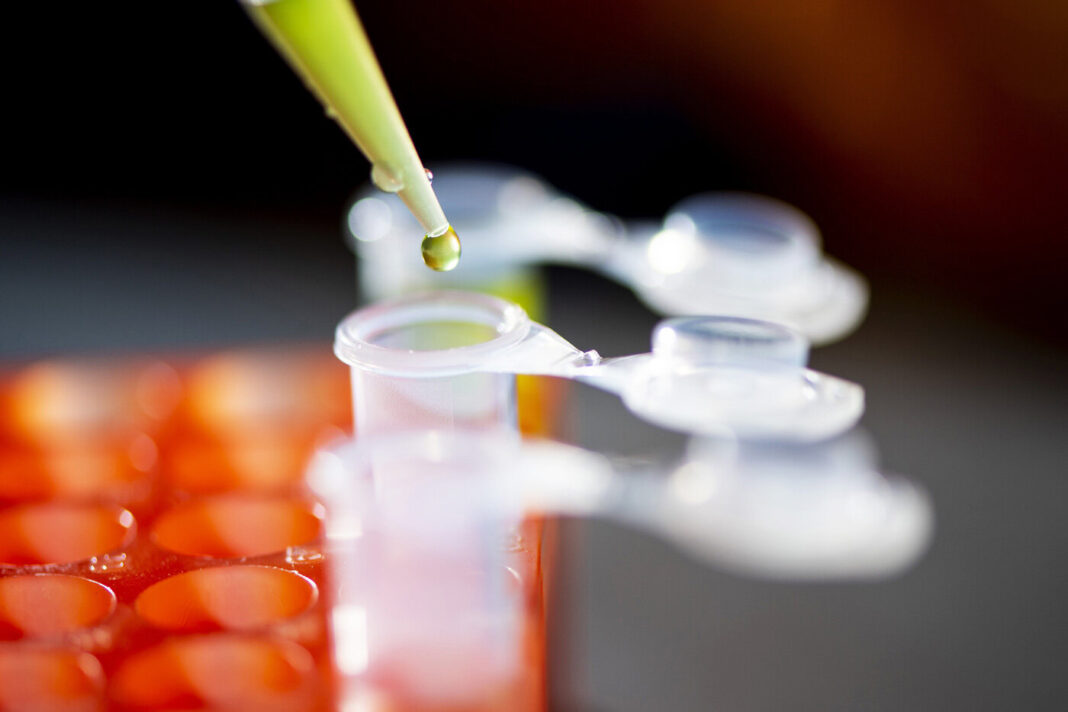More than 20,000 new coronavirus cases have been reported each day on average in Massachusetts for the past week. But in the bowels of Boston, there is a hint that the Omicron-fueled surge may be on the verge of decline. That glimmer of hope comes from an unlikely place: wastewater. The coronavirus levels detected in samples from the Deer Island water treatment plant, which processes wastewater from communities around Boston and eastern Massachusetts, show a steep drop in recent days. What can coronavirus levels in wastewater tell us about the omicron wave?
“Looking at wastewater readings is an important piece of the puzzle,” says Neil Maniar, director of the master of public health program, associate chair of the department of health sciences, and professor of public health practice at Northeastern University. But “the interpretation of the wastewater data is much more complex than when folks look at the regular case counts.” Case counts are fairly straightforward. Someone took a test that returned a binary result: either the test detected SARS-CoV-2, the coronavirus that causes COVID-19, or it didn’t. Case counts provide a head count of the number of individuals in a population that reported a positive test result. But there are all kinds of reasons that someone might not get tested or report their positive result to public health officials, says Maniar. They might be asymptomatic and not realize that they have been infected. Or maybe testing was inaccessible to them, or they couldn’t find the often-out-of-stock at-home antigen tests. Someone who takes a test at home also might not report a positive to authorities and simply quarantine on their own. Wastewater readings offer something that case counts don’t. “Basically,” says Maniar, “everybody poops. In a way, it’s the most comprehensive reading that we have. It’s capturing everyone who is positive, as opposed to the testing data that are only capturing those who are tested and report it.” But samples taken from city wastewater that has come from thousands of buildings can’t offer detailed information about who or how many people are infected. That’s because what scientists are actually measuring in a municipality’s wastewater is the concentration of bits of the virus. The detection is similar to a nasal PCR coronavirus test, explains Jared Auclair, who runs Northeastern’s COVID-19 testing facility, the Life Sciences Testing Center in Burlington, Mass. When you swab inside your nostrils, you’re scraping off cells. If you’ve been infected, scientists can detect the presence of the virus’s RNA in those cells. Researchers also are looking for RNA from SARS-CoV-2 in wastewater. But in that case, no scraping is necessary. Your body’s job is to clear all foreign agents,” says Auclair. “That’s what’s happening. Your immune system is fighting off the virus and it’s got to go someplace. It can’t just hang out in your body. Generally speaking, we get rid of the stuff that we don’t need in our body through waste.”
https://medicalxpress.com/news/2022-01-omicron-peaked-unexpected-source-clues.html


